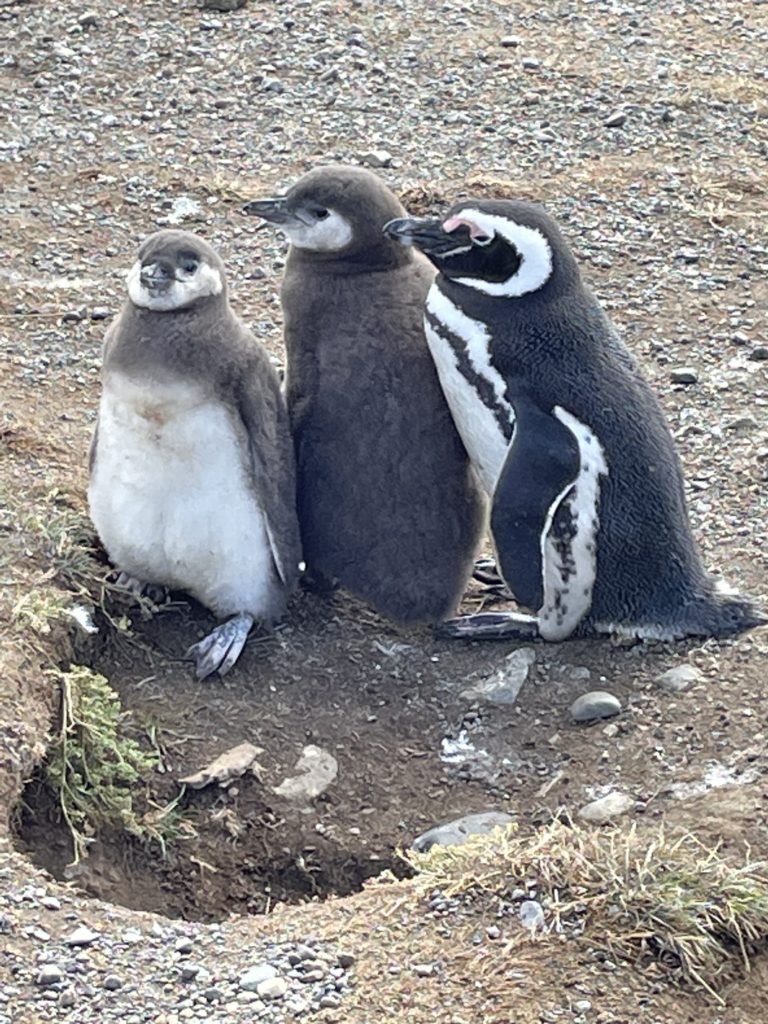
Punta Arenas, Chile is a port city in the southern part of Patagonia. It is a modern seaport, proud of its importance with the fishing and shipping industries. Historically, Punta Arenas played a role in the early exploration and settlement of the region as well as International Polar expeditions. All of this would be very interesting for some visitors, but frankly, I came to Punta Arenas for the penguins!
Punta Arenas has tour options to see two different penguin colonies. Unfortunately, the fierce Patagonian winds halted all tours for two days, so I had to change plans and hunker down for awhile. Finally, when the winds subsided, I was able to board a boat to see my first penguins in the wild!






The Penguin Natural Monument was created in 1966 and protects Magdalena and Marta Islands, which are the summer breeding grounds for a colony of about 56,000 Magellanic Penguins. Other types of sea gulls, sea lions and southern fur seals also use this habitat, but the penguins are the stars of the show.
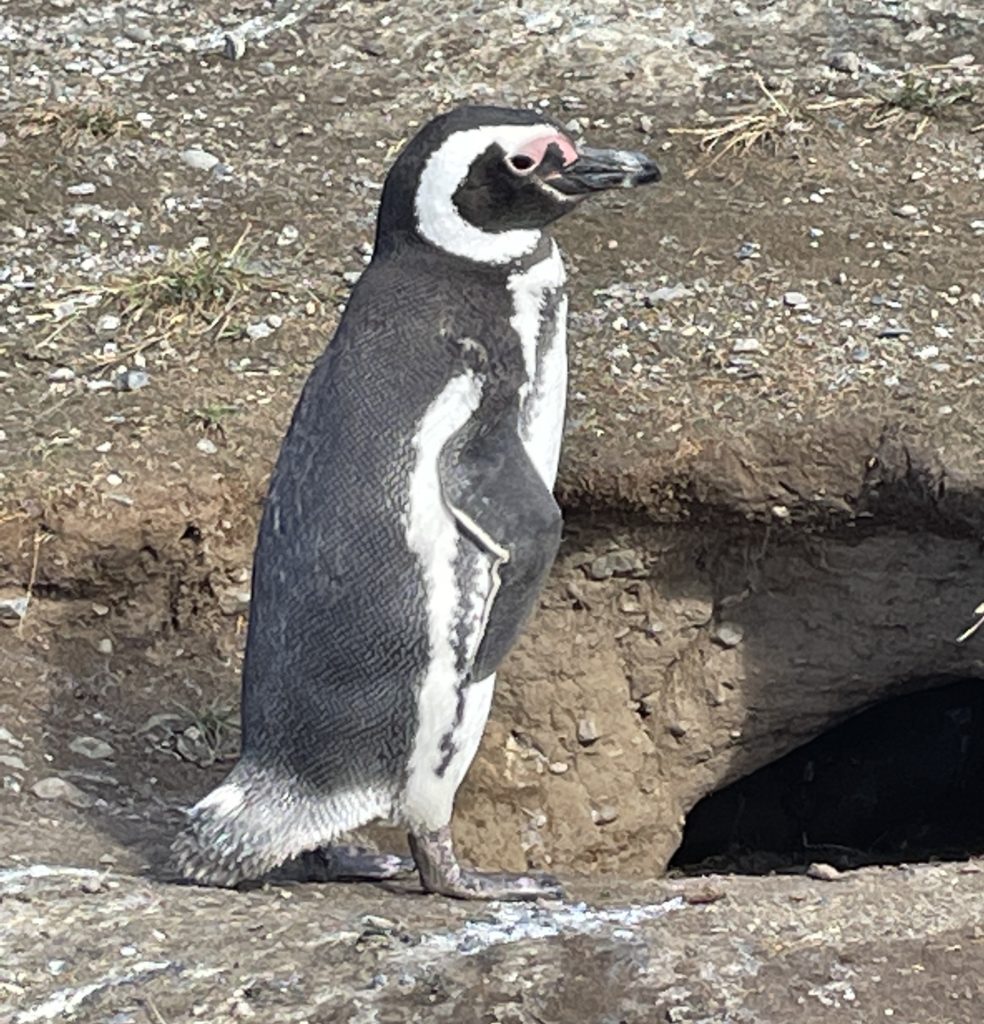

The Magellanic Penguin is about 17 inches high. Adult males and females are very similar in size. These penguins arrive here during September to start digging out a ground cave, or nest, with their feet and beaks. In October, a mating pair lays two eggs, and they take turns incubating them for 40 days. The babies hatch in late November. As I arrived in early January, I got to see the fluffy chicks at about 5-6 weeks old. Soon, the penguins will molt their feathers, and by April, they start their journey north to live in the open sea off the coast of Brazil. In September, these penguins will return to these islands again to breed. When a chick reaches four years of age, they find a partner (usually for life) to start their reproductive process. Scientists, who live on the islands to study the penguins, say that breeding couples often try to return to the same nest. Their loud honking calls are to announce their territory.
Magellanic Penguins can live for 20-30 years, they eat anchovies, sardines and krill, and they are mostly eaten by Orca Whales, sea lions and the Skua, a large black bird that snatches penguin eggs from the nest before they hatch. Their population is in flux or decline depending upon their location in the world. Therefore, it was really great to see such a healthy colony here in Punta Arenas.
Ok. That was your penguin lesson. Now let’s get on with the cuteness!












There are actually four different penguins who live at the southern tip of South America. I didn’t know if I was going to get to see any more during my travels, so I was glad to see the Magellanic Penguins here at this reserve. But, as luck would have it, there are penguins in my future. Stay tuned for more adventures to come!

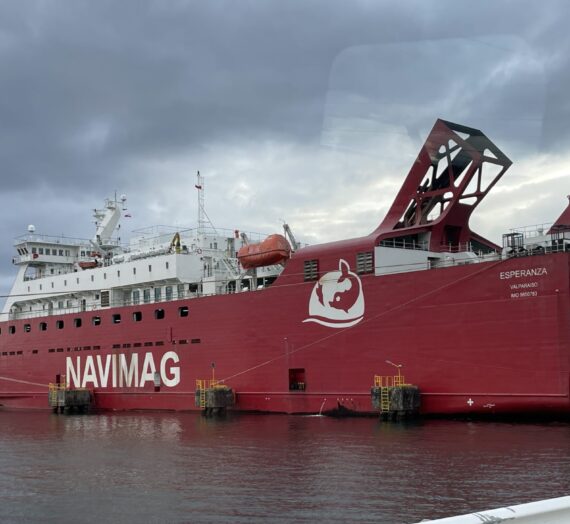
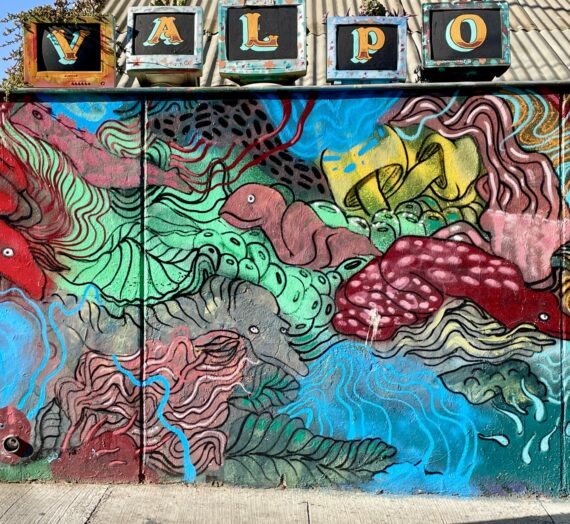
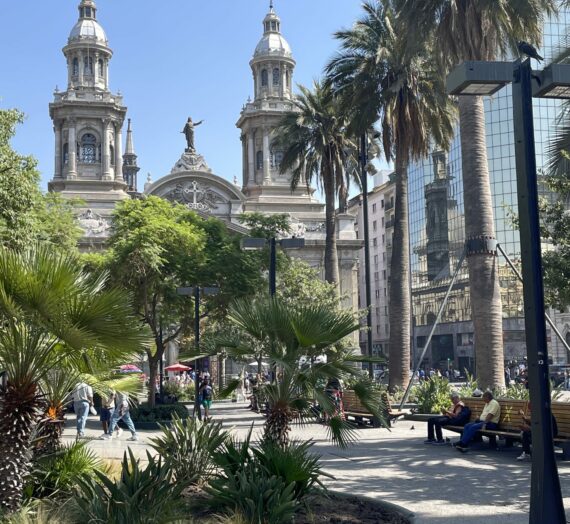
Tom Pinit
So cool! Thanks for sharing.